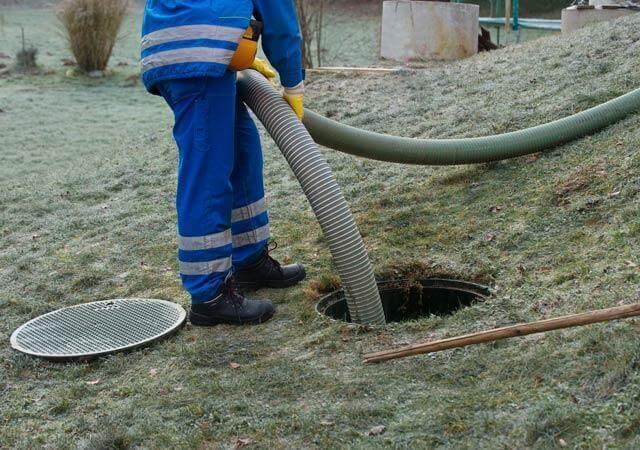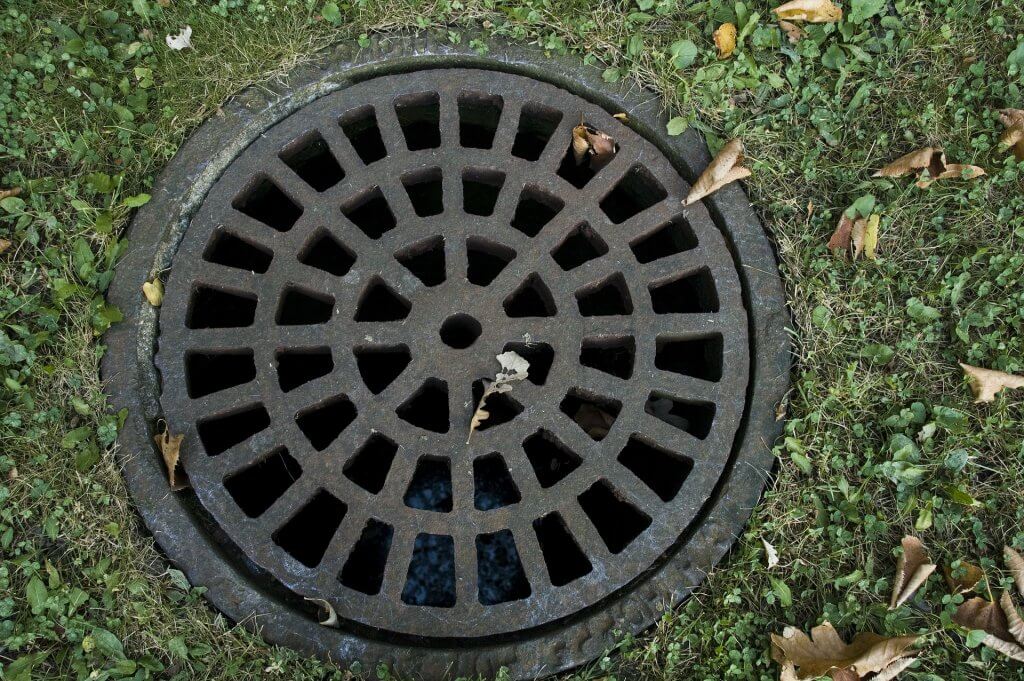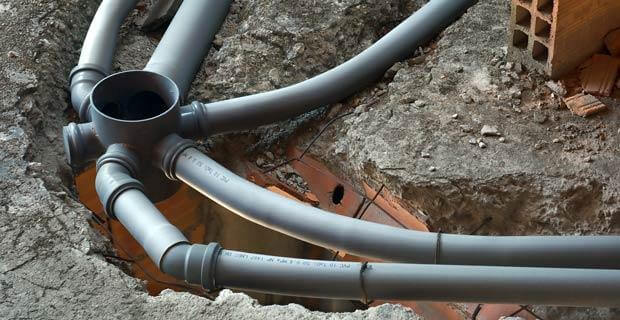A Guide to Septic Tank Installation Costs
A septic tank can be a big investment for homeowners and businesses, but for many it’s the best option there is for waste disposal. The cost of a septic tank can vary greatly depending on the materials used, the time it takes to install, the size of the system, and even the location.
There’s no one price that will fit all septic tanks. Septic tank installation costs vary from one project to the next. There are however certain factors that will help you to gauge how much of an investment you’ll be making and, importantly, whether you’ll be getting value for money.
To help you through the planning stage, we’ve put together this guide to septic tank installation costs to breakdown the factors that can affect the price of your new waste disposal system.
How Much Do Septic Tanks Cost?
It’s difficult to put an exact price on a septic tank. As you’ll see, there are many different factors that can affect the total septic tank installation costs for a particular project. These factors include location, size, the materials used in construction, labour, and the costs for design and planning.
If you’ve never had a septic tank before, you’ll also need to remember to factor in long-term costs, as each year you’ll have to pay for servicing and emptying of the tank, as well any further repair or maintenance work that might need to be carried out to keep the tank working efficiently.
For this reason, you’ll only get an exact price once a thorough survey has been completed and all the factors have been assessed.
Why Are Septic Tanks Important?
It might sound like a lot of work, but once septic tanks have been set up they look after themselves, for the most part – as long as they have their annual service!
In many parts of the country, septic tanks are essential. But that doesn’t mean you shouldn’t still get a cost-effective system that offers great value for money. In rural areas, septic tanks are often a requirement, because certain locations don’t have access to the public sewers. In these rural locations, septic tanks offer a fantastic long-term, off-mains waste disposal solution.
With the right septic tank, you could even start to save money on your sewerage bills and energy bills in the long run, especially if you operate a large commercial site. Outside of rural locations, septic tanks are becoming an increasingly popular private alternative to the public systems in place. As a bonus, a good septic tank can be much more environmentally friendly too, in comparison to other methods of waste disposal.
Do You Have an Existing Septic Tank?
Before starting to look at septic tank installation costs, you should consider upgrading your existing tank if you already have one. Many older tanks might look like they need a complete replacement, but can actually be repaired or upgraded by professionals, which can save you money and time.
Of course, every septic tank has its lifespan and eventually you’ll need a replacement. Again, some of the existing groundwork might still be included in the new plans, which can save on costs. If you don’t have an existing tank installed then the costs will be higher, as there’s much more work and planning that will need to be completed prior to installation.
What Factors Can Impact Septic Tank Installation Costs?
The main factors that will affect the total cost of a septic tank installation include:
- Size of the septic tank
- Location of the septic tank
- Drainage systems (area, pipes etc.)
- Materials used in the construction
- The time needed to survey, plan, design and install the septic tank
- Extra constructions, such as septic tank risers or soakaways
We’ll go into more detail below on each of these cost factors.
Septic Tank Size
The size of a septic tank is one of the biggest factors when it comes to the overall cost of the installation. The larger the septic tank, the more it’s going to cost.
Septic tanks work to particular limits, so the size of the tank is one of the most important factors in the design. The size directly corresponds to how much waste the septic tank is physically able to breakdown while remaining efficient.
Septic tanks need to fit certain size requirements to be able to handle a particular amount of waste. If you have an office that can fit 100 employees, then your septic tank needs to have a capacity that allows for that number of people. A four-person household would, on the other hand, only need a septic tank that can deal with a four-person capacity.
If you can afford it, it’s always better to have a septic tank built with a larger capacity than you require. This gives you room for expansion in the future – you might want to add an extra room, for instance – while also keeping the septic tank working efficiently. So there’s less chance it will fill up and reach capacity.
Location of the Septic Tank
The location of your tank also plays a large role in the overall costs of the installation. The main consideration is whether a septic tank is going to be installed above or below ground.
Septic tanks are often buried underground, particularly in areas where space is limited. An underground septic tank allows you to continue using the space above ground, as you did before the installation. Underground tanks are also hidden from view and are therefore better at containing any unwanted smells that might drift from the area.

While underground tanks are often preferred, they also cost more. There’s more planning involved, the area that’s selected needs to be dug out safely, and it needs to be carefully selected to avoid obstacles such as rocks or the water table. Naturally, an underground septic tank is going to cost more than an aboveground one.
If you want to save on costs and you have the space, then an aboveground septic tank is a more cost-efficient option. As they are visible, this also makes aboveground septic tanks easier to maintain, as you’ll notice any problems quickly. Aboveground septic tanks are also easier to empty.
Drainage Systems (Area, Pipes, etc.)
The more piping and drainage you need, the more your septic tank is going to cost to install. If your building is further away from the tank, you’ll need more piping. Equally, if you’re servicing a larger number of inhabitants or employees, you’ll most likely need more piping to deal with the capacity.
If you need to have drainage areas constructed or soakaways to remove wastewater, then you can also expect septic tank installation costs to be higher. Overall costs also depend on whether or not you already have existing infrastructure that can be put to use with the new septic tank design.

Materials Used in the Construction
The materials used in the construction process affect the costs of the entire project, so it’s important to consider carefully which materials you decide to use.
The two most common septic tank materials are plastic and concrete. Plastic is much cheaper to manufacture and much easier to install. It can also be installed a lot quicker than concrete and is easier to transport.
Concrete septic tanks cost more, however they can be worth the investment as they can last a lot longer than their plastic equivalents.
The Time Needed to Survey, Plan, Design and Install a Septic Tank
No installation process can be carried out without paying for the cost of the labour involved. This varies from one project to the next, as it will depend on a range of factors that dictate how long the installation will take to complete.
You need to cover the costs of initial surveys, time spent designing, and time spent constructing and installing the septic tank. Professionals will be able to give you a good estimate of the time needed for a project before it begins.
Additional Costs
Depending on your septic tank design, you might have extras that will increase the cost of the installation. Some of these will be necessary and others might well be optional.
Necessary additions would include the work needed to construct a soakaway if you need extra drainage facilities in your garden. Additional but recommended extras include septic tank risers, which are useful if you have a septic tank buried underground.
Septic Tank Maintenance Costs
As well as the initial construction costs, you need to think about the long-term maintenance and repair costs of a septic tank installed on your property.
Septic tanks are very self-sufficient systems and, for the most part, they can be left to work on their own in the garden. But they do need some attention from the owner or they will start to deteriorate.
Most importantly, septic tanks need to be emptied once a year. The waste disposal system works by separating solids and liquids when they enter the tank. While the liquid wastewater will eventually be ejected after harmful substances have been broken down, the solids will mostly remain and will form a layer of sludge and slime at the bottom of the tank.
Over time, the sludge begins to build-up and, if it’s left there, the build-up could eventually cause blockages, overflows and inefficiencies. For your septic tank to function efficiently, it should ideally be emptied once a year. This means pumping out the sludge, a job best carried out by a professional.

At the same time, a professional can check that there are no glaring problems with the septic tank that could cause malfunctions. Keeping your tank serviced at least once a year can help to detect problems before they turn into expensive repairs. Neglect the servicing though and a serious breakage could leave you with lots to pay upfront.
Overall, septic tanks can provide great value for money, despite the ongoing maintenance costs. In many locations (particularly for larger commercial premises or homes), septic tanks can even help to save you money in comparison to public sewer bills. Aside from the annual fee for emptying and servicing, septic tanks have few other costs once they have been installed. As a long-term investment, they can prove to be a savvy financial saver over time.
Are Sewage Treatment Plants More Expensive Than Septic Tanks?
Prospective septic tank buyers might also wonder whether they need a sewage treatment plant, instead of a standard septic tank installation. In some rural locations, sewage treatment plants might be required, as they produce a cleaner discharge that can be put back into watercourses or areas of environmental concern.
Sewage treatment plants are therefore seen as being more environmentally friendly, while they can also handle larger capacities of waste than septic tanks can (although this depends on the design, of course).
Overall though, sewage treatment plants are more expensive to design, install and run. They are more complex than septic tanks and require a motor and electricity to keep them running smoothly. That also means more maintenance and more expensive repairs if things go wrong.
With higher costs, most people find that a septic tank is the best option financially, except in certain circumstances and locations where sewage treatment plants are required (sewage treatment plants definitely have particular benefits over septic tanks).
Contact OMDI Today for Your Free Quote
At OMDI, we can design, install and maintain a wide range of septic tanks that are guaranteed to meet almost any requirements and any budget. Our expert team can help you with any further questions you might have, and give you a more detailed cost-analysis. If you need any more information, don’t hesitate to call or email our friendly and professional staff. Contact OMDI today to discuss your requirements and receive a free no-obligation quote for a septic tank installation on your home or commercial property.
